Are you considering adding a small and furry companion to your family but can’t decide between a hamster or a guinea pig? Both of these adorable creatures have their own unique charms and provide different experiences for pet owners. This comprehensive guide will help you make an informed decision by comparing these two popular pet options. From size and appearance to temperament and care requirements, we’ll cover everything you need to know before bringing home your new furry friend.
Seemore: Can Guinea Pigs Eat Asparagus? – A Complete Guide
Contents
Size and Appearance Differences
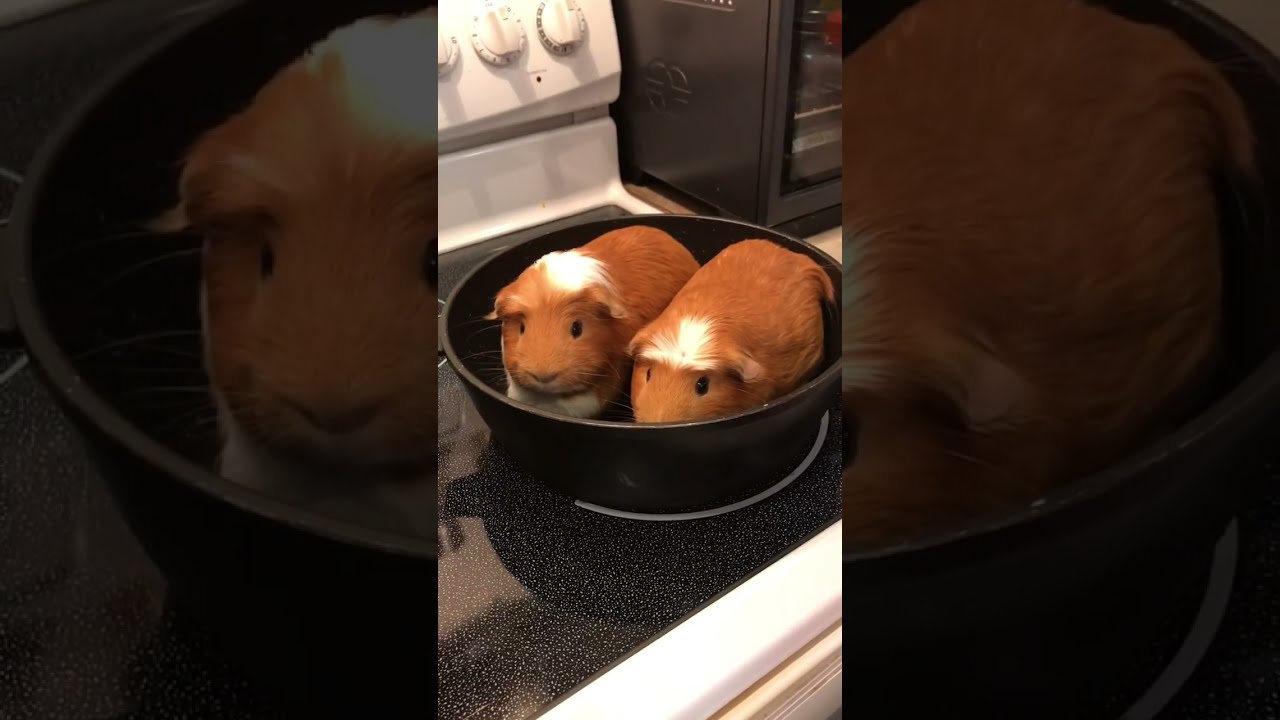
One of the most noticeable differences between hamsters and guinea pigs is their size and appearance. Hamsters are small rodents that typically measure 5-7 inches in length and weigh around 1-2 ounces. They have compact bodies, short tails, and large cheek pouches for storing food. Their fur comes in various colors and patterns, including brown, gray, black, white, and banded.
On the other hand, guinea pigs are considerably larger than hamsters, measuring 10-14 inches in length and weighing around 1-2 pounds. They have a more robust build, with plump bodies, longer legs, and no tail. Their fur is dense and can be short, long, or even curly. Guinea pigs come in a wide range of colors and patterns, including white, black, brown, gold, and various combinations of these.
Hamster Sizes and Breeds
There are several breeds of hamsters, each with its distinct features and characteristics. The most common breeds are Syrian or Golden hamsters, Dwarf hamsters, and Chinese hamsters. Syrian hamsters are the largest of the three breeds and can grow up to 7 inches in length. Dwarf hamsters are smaller, ranging from 2-4 inches in length, while Chinese hamsters are somewhere in between, about 3-4 inches long.
Guinea Pig Sizes and Breeds
Like hamsters, guinea pigs also come in different breeds with varying sizes and features. The most common breeds are American, Abyssinian, Peruvian, and Texel guinea pigs. The American breed is the largest, measuring 8-14 inches in length, followed by Abyssinian guinea pigs at 8-10 inches. Peruvian and Texel guinea pigs have long, curly coats, and can grow up to 12-14 inches in length.
Activity Patterns
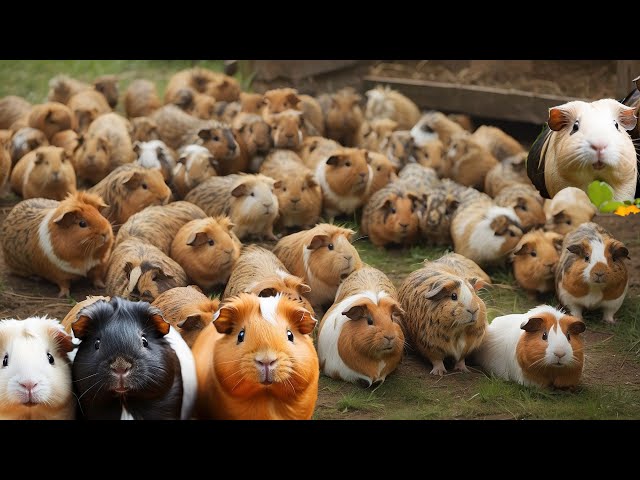
Another factor to consider when choosing between a hamster and a guinea pig is their activity patterns. Hamsters are nocturnal creatures, meaning they are most active at night. They spend their days sleeping and hiding in their burrows and come out at night to explore, play, and forage for food. This could be an advantage for those who work during the day as they won’t miss out on spending time with their pet.
On the other hand, guinea pigs are diurnal animals, which means they are most active during the day. They enjoy interacting with their owners and can even learn to recognize their voices. However, this also means they may be more prone to disturbing your sleep if they’re kept in your bedroom.
Hamster Activity Levels
Hamsters are known to be very active creatures, especially at night. They love to run, climb, and play in their cages, so providing them with enough space and engaging toys is essential. Some breeds of hamsters, like Syrian hamsters, are more solitary and prefer to live alone. Dwarf hamsters, on the other hand, are social animals and can live together in pairs or small groups.
Guinea Pig Activity Levels
Guinea pigs are generally active and sociable animals, but they are not as energetic as hamsters. They enjoy exploring and playing, but they also need plenty of rest and quiet time. They do well living in pairs or small groups, but it’s important to ensure that they have enough space and resources to avoid any potential conflicts.
Dietary Differences
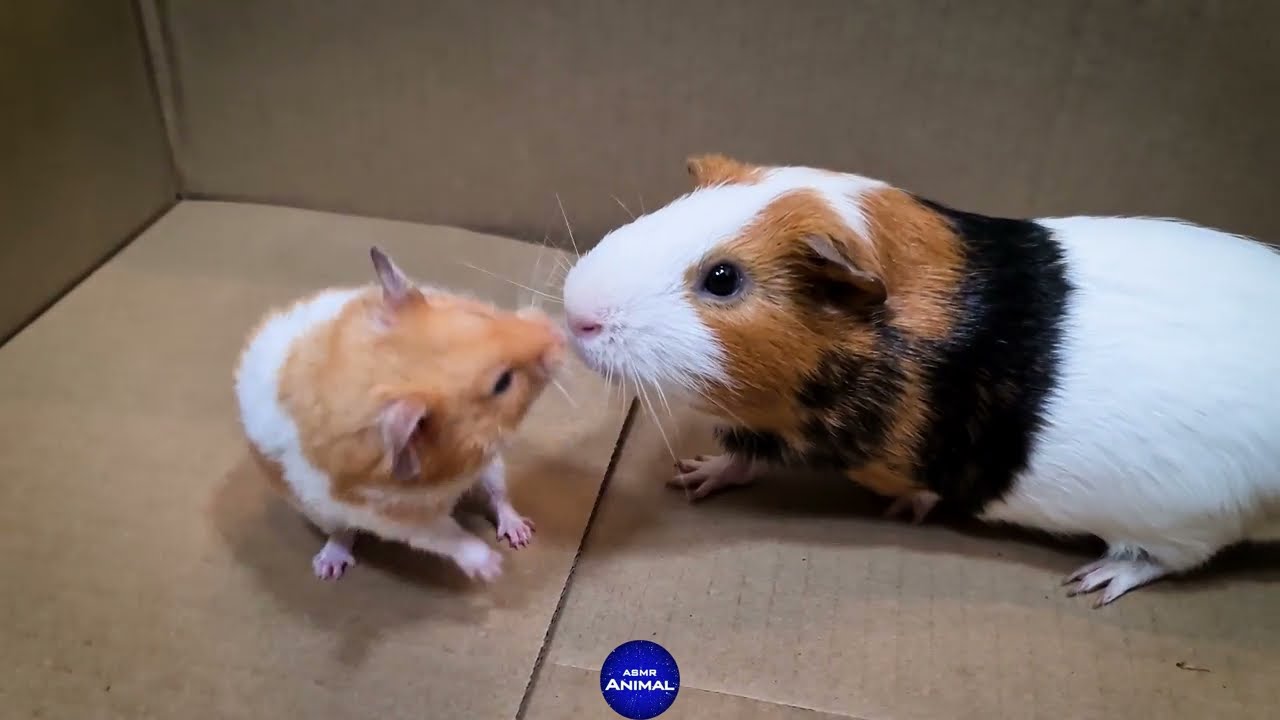
Proper nutrition is crucial for the health and well-being of any pet. Hamsters and guinea pigs have different dietary requirements, so it’s essential to understand their specific needs before bringing one home.
Hamster Diet and Nutrition
In the wild, hamsters are omnivores, which means they eat both plants and animals. However, in captivity, they thrive on a diet consisting mainly of high-quality pellets made especially for hamsters. These pellets provide them with all the necessary nutrients in the right proportions. Along with pellets, hamsters also require fresh vegetables and a small amount of fresh fruits as treats. It’s important to avoid overfeeding your hamster as they tend to hoard food, which can lead to obesity.
Guinea Pig Diet and Nutrition
Unlike hamsters, guinea pigs are herbivores, meaning their diets should consist mainly of hay, fresh vegetables, and fruits. Hay is an essential part of a guinea pig’s diet as it helps keep their teeth worn down and prevents dental problems. They also need vitamin C supplements as they are unable to produce this vitamin on their own. It’s important to avoid feeding guinea pigs any foods that are toxic to them, such as chocolate, onions, and garlic.
Lifespan and Longevity

The lifespan of a pet is an important consideration when deciding which one to bring into your family. Hamsters and guinea pigs have different average lifespans, and this can vary depending on their breed and how well they’re cared for.
Hamster Lifespan
On average, hamsters live for about 2-3 years, although some breeds can live up to 4 years. Syrian hamsters typically live longer than Dwarf or Chinese hamsters. Proper diet, exercise, and regular veterinary care can help increase your hamster’s lifespan.
Guinea Pig Lifespan
Guinea pigs have a longer lifespan compared to hamsters, with an average of 4-8 years. However, some breeds, like the Peruvian guinea pig, can live up to 13 years. Providing a proper diet, exercise, and regular veterinary care can also help increase your guinea pig’s lifespan.
Temperament and Behavior

Understanding the temperament and behavior of different pets is essential to ensure a good fit for both the animal and its owner. Hamsters and guinea pigs have distinct personality traits that make them unique companions.
Hamster Temperament and Behavior
Hamsters can be curious and playful animals, but they can also be easily startled. They are solitary creatures by nature, so they prefer to live alone and don’t require as much social interaction as other pets. However, proper handling and socialization from an early age can help build a bond between a hamster and its owner.
Guinea Pig Temperament and Behavior
Guinea pigs are generally social and friendly animals that enjoy interacting with their owners. They can recognize their owners’ voices and show affection through various behaviors such as purring and cuddling. They also require daily social interaction and playtime with their owners or other guinea pigs to stay happy and healthy.
Socialization and Interaction

Both hamsters and guinea pigs require socialization and interaction, although their needs may vary. Proper socialization can help build a strong bond between a pet and its owner and improve the overall well-being of the animal.
Hamster Socialization and Interaction
As mentioned earlier, hamsters are solitary animals, so they don’t require as much social interaction as other pets. However, it’s still important to handle them regularly and provide them with mental stimulation through toys and activities. Interacting with your hamster for at least 20 minutes a day can help keep them happy and healthy.
Guinea Pig Socialization and Interaction
Guinea pigs are social animals and require daily interaction with their owners or other guinea pigs to thrive. They need mental stimulation through activities and plenty of room to run, play, and explore. It’s essential to provide them with a companion if you’re unable to spend enough time with them.
Suitable Habitats and Care Requirements
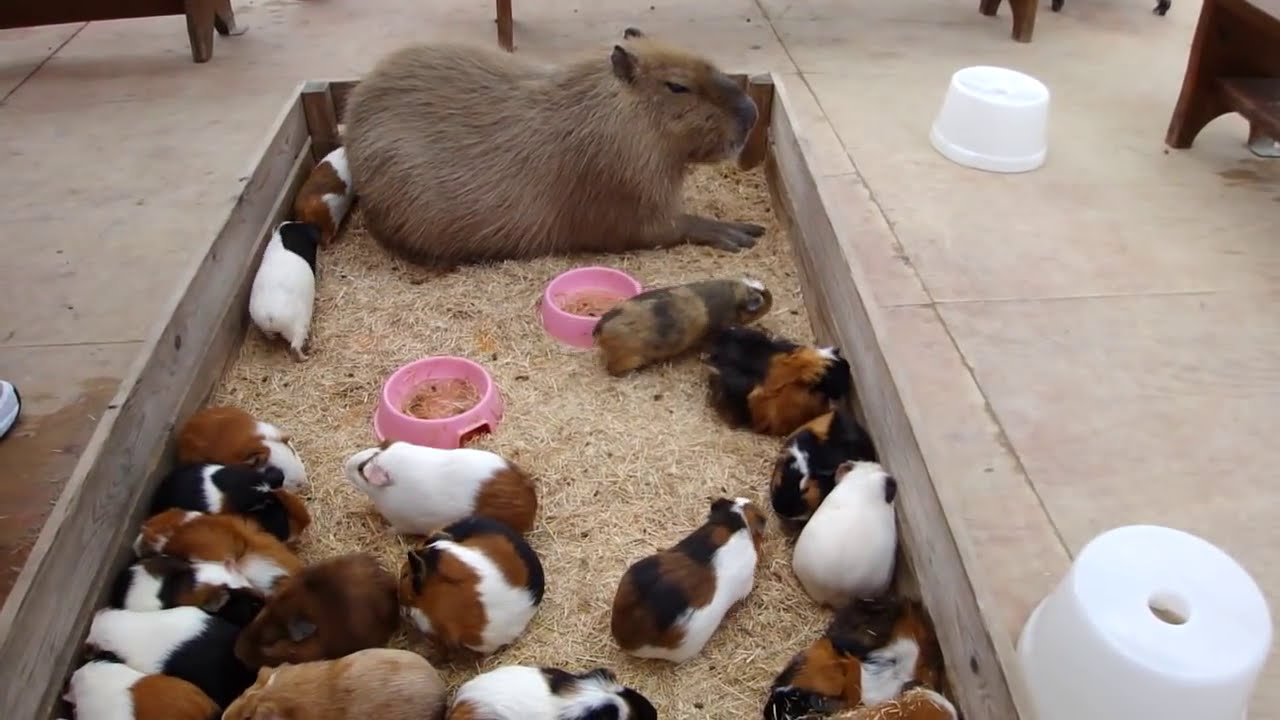
Providing a suitable habitat and proper care is crucial for the health and well-being of any pet. Hamsters and guinea pigs have different requirements when it comes to their living environment and care needs.
Hamster Habitat and Care Requirements
Hamsters are relatively low-maintenance pets, and they don’t require as much space as guinea pigs. A simple cage with around 360 square inches of floor space is sufficient for a Syrian hamster, while Dwarf and Chinese hamsters can live in smaller enclosures. However, it’s important to provide them with a variety of toys and tunnels to keep them entertained and prevent boredom.
Guinea Pig Habitat and Care Requirements
Guinea pigs require more space and resources than hamsters, so a larger cage or enclosure is necessary. The minimum recommended size for two guinea pigs is around 7.5 square feet, but the more space, the better. Along with a spacious living environment, guinea pigs also require enrichment toys, hiding spaces, and regular grooming to maintain their coat’s health.
Common Health Problems and Veterinary Care

Like any other animal, hamsters and guinea pigs are susceptible to various health issues. It’s crucial to be aware of these potential problems and provide proper veterinary care to ensure your pet’s health and well-being.
Common Health Problems in Hamsters
Some common health problems that hamsters may experience include dental issues, respiratory infections, and wet tail disease. These issues can be caused by poor diet, improper hygiene, or genetics. Providing a balanced diet, clean living environment, and regular veterinary check-ups are crucial for keeping your hamster healthy.
Common Health Problems in Guinea Pigs
Guinea pigs are prone to health issues such as dental problems, gut stasis, and urinary tract infections. These problems can be caused by an improper diet, obesity, or lack of exercise. It’s essential to provide a balanced diet, plenty of hay, and opportunities for exercise to prevent these issues from arising.
Conclusion
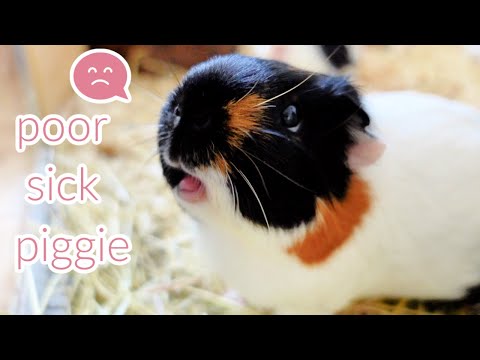
In conclusion, both hamsters and guinea pigs make great pets, but they have distinct characteristics and care requirements that make them suitable for different lifestyles. Hamsters are low-maintenance, solitary, and nocturnal animals, while guinea pigs are more social, active, and diurnal. Consider your lifestyle, space, budget, and ability to provide proper care when deciding between a hamster or a guinea pig. Whichever pet you choose, remember that they require love, attention, and proper care to live a happy and healthy life. So, get ready to welcome your new furry friend into your family and enjoy all the joys and rewards that come with being a pet owner.
